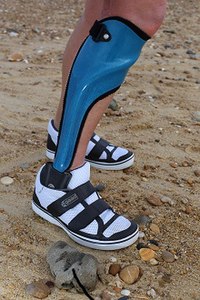
Simple and Scalable Soft Actuation Through Coupled Inflatable Tubes
Sign Up to like & getrecommendations! Published in 2022 at "IEEE Access"
DOI: 10.1109/access.2022.3167964
Abstract: The manufacturing and assembly of soft actuators may seem like a straightforward affair, but various tools, equipment and specific know-how are required to build these actuators. Assembling them into soft robots can sometimes lead to… read more here.
Keywords: soft actuation; simple scalable; inflatable tubes; actuation coupled ... See more keywords

EPM–MRE: Electropermanent Magnet–Magnetorheological Elastomer for Soft Actuation System and Its Application to Robotic Grasping
Sign Up to like & getrecommendations! Published in 2021 at "IEEE Robotics and Automation Letters"
DOI: 10.1109/lra.2021.3100939
Abstract: Conventional soft robotic grippers have been developed based on soft pneumatic actuators or using smart soft materials, but they need external pressure sources, are easily deteriorated or used in millimetric-scale, which leads to increase of… read more here.
Keywords: suction; actuation system; epm mre; soft actuation ... See more keywords

Biomechanical Effects of Adding an Ankle Soft Actuation in a Unilateral Exoskeleton
Sign Up to like & getrecommendations! Published in 2022 at "Biosensors"
DOI: 10.3390/bios12100873
Abstract: Stroke disease leads to a partial or complete disability affecting muscle strength and functional mobility. Early rehabilitation sessions might induce neuroplasticity and restore the affected function or structure of the patients. Robotic rehabilitation minimizes the… read more here.
Keywords: biomechanical effects; adding ankle; effects adding; soft actuation ... See more keywords

pH-Induced 3D Printable Chitosan Hydrogels for Soft Actuation
Sign Up to like & getrecommendations! Published in 2022 at "Polymers"
DOI: 10.3390/polym14030650
Abstract: Three-dimensional (3D) printing represents a suitable technology for the development of biomimetic scaffolds for biomedical and tissue engineering applications. However, hydrogel-based inks’ printability remains a challenge due to their restricted print accuracy, mechanical properties, swelling… read more here.
Keywords: induced printable; soft actuation; chitosan hydrogels; influence ... See more keywords